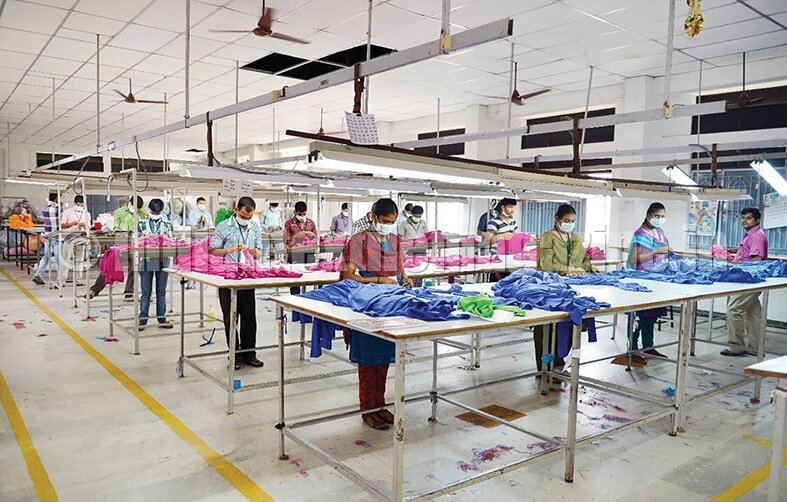Working conditions in clothing factories in Tirupur, India, vary greatly depending on the size and type of factory, as well as the specific job being done. Note that the positives aspects of the clothing factories in tirupur outperforms the negative aspects. Here are some of the positive and negative aspects:
Positive aspects:
- Employment opportunities: Tirupur’s garment industry is a major employer in the region, providing livelihoods for hundreds of thousands of people.
- Skills development: Workers learn skills in the garment industry, such as sewing, knitting, and patternmaking.
- Relatively high wages: Compared to other parts of India, wages in Tirupur’s garment industry is relatively high, especially for skilled workers.
- Social Mobility: For some individuals, especially those entering the workforce for the first time, employment in garment factories in tirupur represents a step toward economic independence and social mobility.
- Economic Impact: The industry’s presence has positive economic effects on the local community, including the creation of businesses and services that support the garment manufacturing sector.
Negative aspects:
- Long working hours: Many workers in Tirupur’s garment industry work long hours, often exceeding 12 hours per day.
- Poor working conditions: Some of the factories in Tirupur have poor working conditions, including inadequate ventilation, poor lighting, and exposure to dust and chemicals.
Most of the factories in Tirupur are now approved by SEDEX or other socially compliance organization such as WRAP etc., Sedex and other such organisation plays a role in improving working conditions for laborers in Tirupur, using their platforms using the following process:-
Visibility & Transparency:
- Shared platform for supplier labor practices
- Standardized self-assessments
- Independent audits for deeper insights
Collaboration & Engagement:
- Advance platform for joint action
- Issue-specific working groups
- Training and resources for ethical sourcing
Risk Management & Improvement:
- Risk assessment tools to identify problems
- Corrective action plans to address issues
- Continuous improvement focus for lasting change
These process ensures that there is a significant improvement in the working conditions of the labours in the clothing factories in Tirupur in India.
Source:- Google Bard




